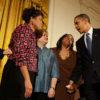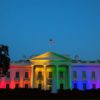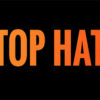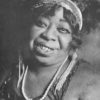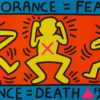Brother Outsider
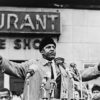
Bayard Rustin—a visionary yet largely unknown civil rights strategist, organizer and activist—is the subject of a compelling new documentary premiering on PBS on Martin Luther King Jr. Day (Monday, January 20). This guide is intended to introduce Rustin and encourage viewing and discussion of Brother Outsider, a 90-minute film produced and directed by filmmakers Nancy Kates and Bennett Singer.

